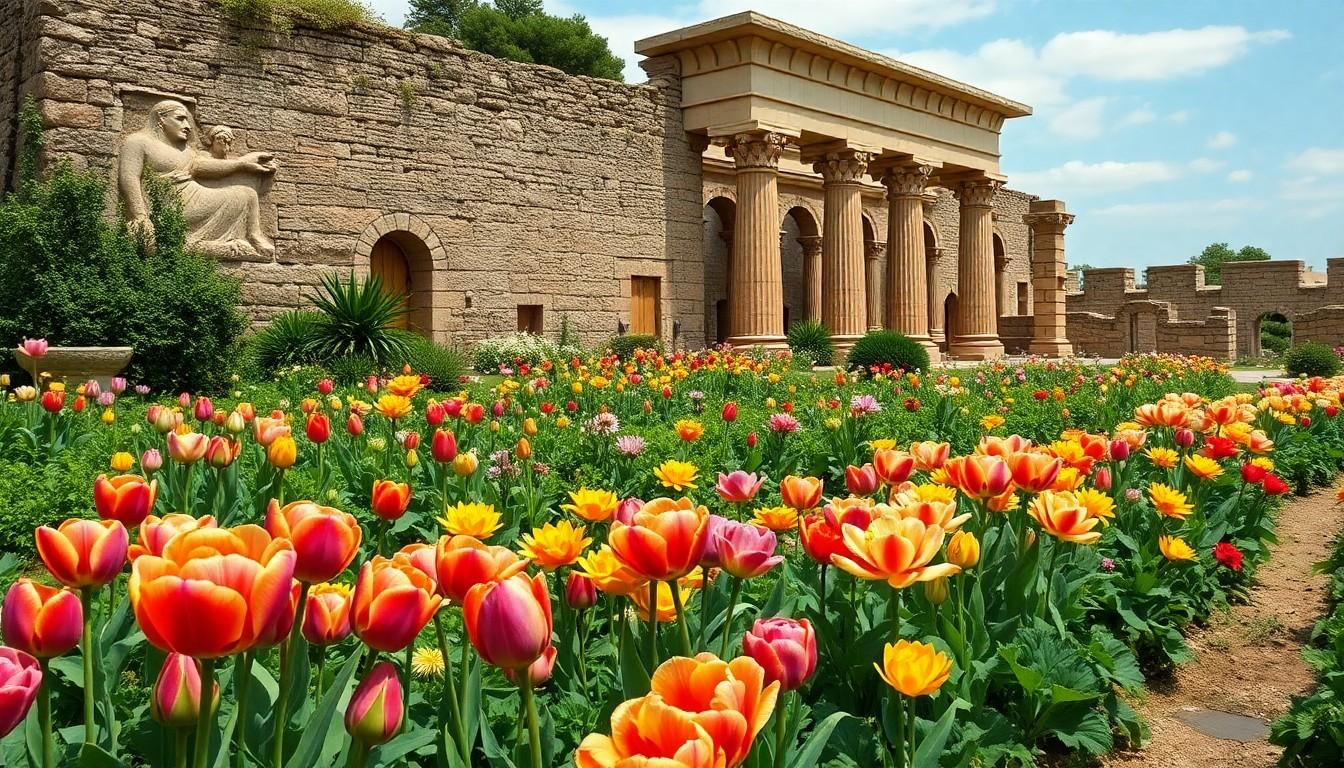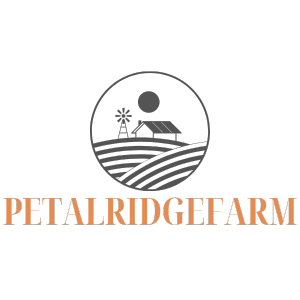Imagine a world bursting with color, fragrance, and joy—welcome to the enchanting realm of flower farming. This isn’t just about planting seeds and hoping for the best; it’s a blossoming business that combines artistry with agriculture. From tulips to sunflowers, flower farming transforms ordinary fields into vibrant canvases that can brighten anyone’s day.
What Is Flower Farming
Flower farming involves the cultivation of flowering plants for commercial sale and ornamental purposes. This practice encompasses various activities, including planting, growing, harvesting, and distributing flowers. Farmers focus on creating specific flower varieties, such as roses, lilies, or daisies, tailored to market demands.
Operations in flower farming vary widely, ranging from small-scale family-owned farms to large commercial enterprises. Each type employs techniques suited to local climates and soil conditions. Proper selection of seeds or bulbs is crucial for ensuring high-quality blooms and maximizing yield.
Industry practices also include managing pest control and diseases. Organic flower farming has gained popularity, with growers implementing sustainable methods to protect the environment. Methods such as crop rotation and natural fertilizers contribute to healthier flower production.
Marketing plays a vital role in flower farming, where growers often sell directly to consumers, wholesalers, or floral retailers. Establishing relationships with local markets can enhance profitability. Additionally, participation in farmers’ markets or online platforms increases exposure to potential customers.
Labor requirements in flower farming can be significant, especially during peak seasons. Seasonal workers help with planting, maintenance, and harvesting. Efficient task management ensures timely delivery of fresh flowers to the market.
Ultimately, flower farming blends creativity and agriculture. This unique industry not only satisfies consumer preferences but also enriches communities with beauty and color. Emphasizing quality and sustainable practices ensures a flourishing future for flower growers.
History of Flower Farming

Flower farming has deep roots, tracing back to ancient civilizations where beauty and utility met in the cultivation of blossoms. Various cultures embraced flowers not just for aesthetics, but also for medicinal and ceremonial uses.
Early Practices
In ancient Egypt, farmers cultivated flowers like lotus for religious rituals. Greeks and Romans also participated, developing gardens filled with fragrant blooms for decorative and practical purposes. These practices laid the groundwork for modern techniques, emphasizing the significance of flowers in daily life.
Evolution Over Time
With the Renaissance, flower farming gained momentum throughout Europe. Advances in trade introduced exotic species, expanding gardeners’ options. The 17th century saw tulip mania in the Netherlands, where tulips became a symbol of wealth and status. Modern agricultural techniques emerged in the 19th century, incorporating science into farming, which revolutionized production methods and intensified flower cultivation globally.
Types of Flower Farming
Flower farming encompasses various methods and approaches tailored to optimize growth and meet market demands.
Traditional Flower Farming
Traditional flower farming relies on time-honored practices passed down through generations. This method emphasizes natural growing techniques, often involving small, family-run farms. Growers cultivate seasonal flowers, using indigenous plant varieties suited to local soil and climate conditions. Harvesting typically occurs during peak blooming seasons, ensuring freshness for local markets. Relationships with nearby floral retailers or community members often enhance sales opportunities. Organic practices, like composting and crop rotation, find a place in traditional methods, promoting environmental sustainability.
Modern Flower Farming Techniques
Modern flower farming techniques employ innovative strategies and technologies to optimize production. Advanced greenhouse systems regulate temperature and humidity, allowing year-round cultivation. Hydroponics and aquaponics represent alternative growing systems that maximize space and resources. Farmers increasingly rely on digital tools for monitoring plant health and analyzing soil conditions. Automation in planting and harvesting reduces labor costs and improves efficiency significantly. Sustainable approaches, like integrated pest management, minimize chemical use and promote ecological health. Each modern technique addresses consumer preferences for quality, sustainability, and availability.
Benefits of Flower Farming
Flower farming offers various advantages that extend beyond aesthetics or personal enjoyment. It creates significant economic opportunities while also positively impacting the environment.
Economic Advantages
Economic benefits of flower farming are substantial. The industry generates billions of dollars each year, supporting local economies and providing jobs. Flower growers often sell directly to consumers, maximizing profits and reducing reliance on middlemen. Regular farmers markets and local floral shops create additional income avenues for growers. Additionally, seasonal demand for flowers drives sales, particularly around holidays and events. Investing in flower farming can yield high returns, especially in regions with favorable climates. Many farmers diversify their offerings by supplying related products, such as arrangements or plants, which further boosts earnings.
Environmental Impact
Flower farming plays a role in promoting environmental health. Sustainable practices, such as organic farming and integrated pest management, reduce harmful chemical use. These methods foster biodiversity and contribute to soil health. Many flower farms prioritize pollinator-friendly plants, supporting ecosystems and enhancing local wildlife populations. Crop rotation and companion planting techniques help maintain soil fertility and control pests naturally. Furthermore, flower farms can improve air quality and contribute to carbon sequestration. By encouraging environmentally responsible practices, flower farming can positively impact local landscapes and communities.
Challenges in Flower Farming
Flower farming faces numerous challenges that can impact production and profitability.
Climate Change Effects
Climate change alters weather patterns, leading to unpredictable growing conditions. Increased temperatures can affect flowering cycles and expose plants to pests and diseases. Extreme weather events, like floods and droughts, threaten crop yields. Additionally, shifts in climate can push farmers to adapt cultivating methods or change flower varieties altogether. Innovative strategies, including water conservation and climate-resilient crops, become essential for overcoming these challenges.
Market Competition
Intense competition characterizes the flower farming industry. Local growers often compete with imported flowers, which can drive down prices and squeeze margins. Maintaining quality and unique offerings helps farmers differentiate themselves in the market. Establishing strong relationships with local retailers boosts sales and brand loyalty as well. Staying updated on consumer trends and preferences is crucial for success in this competitive environment. Adopting sustainable practices also attracts environmentally conscious buyers, further enhancing market position.
Ensuring Freshness for Local Markets
Flower farming represents a unique intersection of creativity and agriculture that enriches both communities and landscapes. By focusing on sustainable practices and responding to market demands, growers can thrive in a competitive environment while promoting environmental health. The industry’s ability to adapt to challenges like climate change and market fluctuations will be vital for its continued success. As flower farming evolves, it remains a vibrant and essential part of the agricultural landscape, bringing beauty and joy to countless lives.

